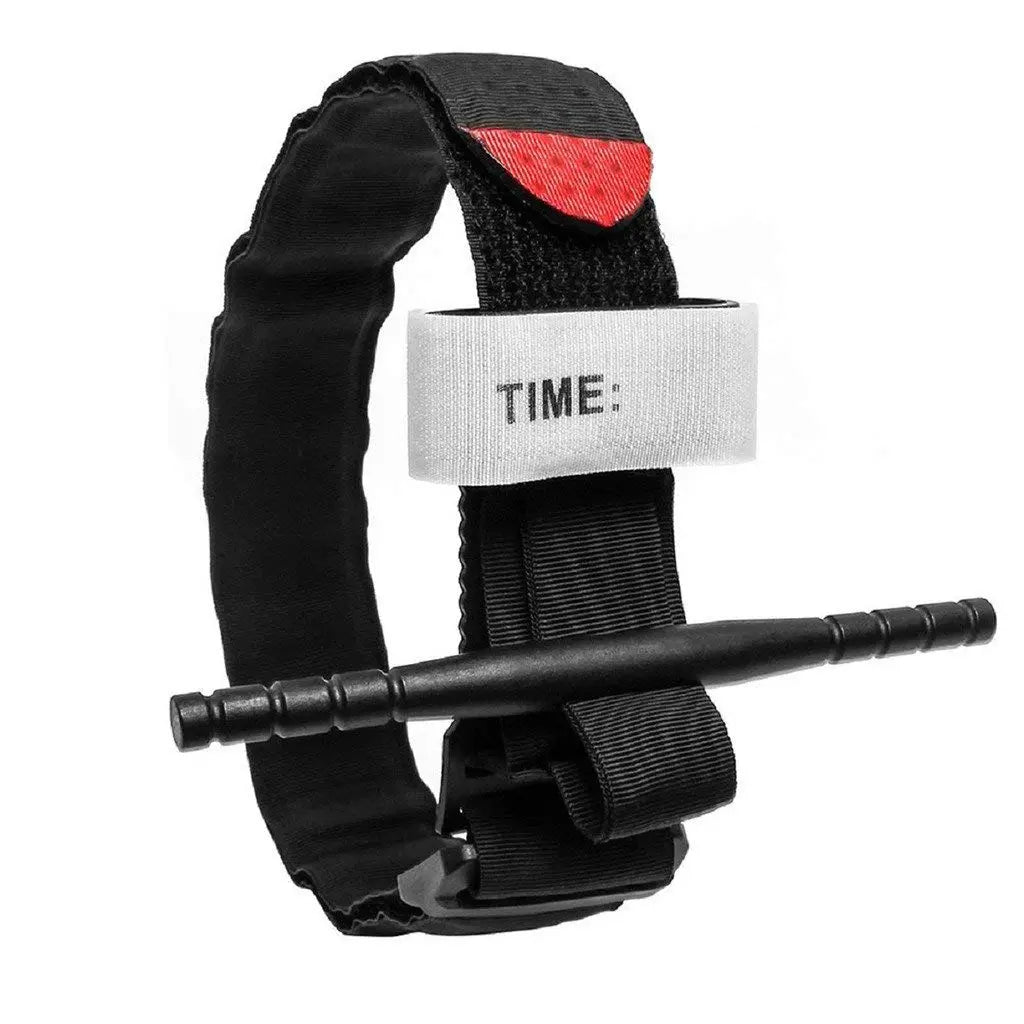Tourniquets are crucial medical tools for controlling severe bleeding in emergencies, and having one in your first aid kit is highly recommended. However, there may be situations where you need to improvise a tourniquet if you don't have one readily available. Improvised tourniquets should be a last resort, and they come with risks, so it's essential to use them only when no other options are available.

Here's a basic guide on how to make an improvised field tourniquet:
Materials you'll need:
- A strong and wide strip of fabric (2 inches or wider) – a belt, shirt, or any cloth can work.(triangular bandages)
- A stick or rod, if available (for added pressure).
Steps:
-
Assess the situation: Ensure that using a tourniquet is necessary. Tourniquets are used only for life-threatening bleeding that can't be controlled by direct pressure and elevation of the wound.
-
Prepare the fabric: Find a strong piece of fabric and make it as wide as possible, ideally around 2 inches wide. If you're using a belt, remove the buckle to create a long strip.
-
Wrap the fabric around the limb: Place the fabric 2-3 inches above the wound site (closer to the trunk of the body) and wrap it around the limb at least twice. Ensure it's snug but not too tight to cut off blood circulation.
-
Secure the fabric: Tie a knot or use a simple knot, so it doesn't slip. If you have a stick or rod, place it over the knot and secure it in place with another piece of fabric or by retying the fabric to create additional pressure.
-
Time and note the tourniquet: Write down the time you applied the tourniquet. It's crucial to release it after 1-2 hours to prevent complications from prolonged use.
-
Seek professional medical help: Even with a tourniquet applied, you should still call 911 or get to a medical facility as soon as possible, as improvised tourniquets can lead to complications.
Remember that using an improvised tourniquet is a measure of last resort and should only be used when there are no other options. They can cause significant tissue damage and complications if used incorrectly or for an extended period. Proper training in first aid and tourniquet use is crucial to ensure you can provide the best possible care in emergency situations.


